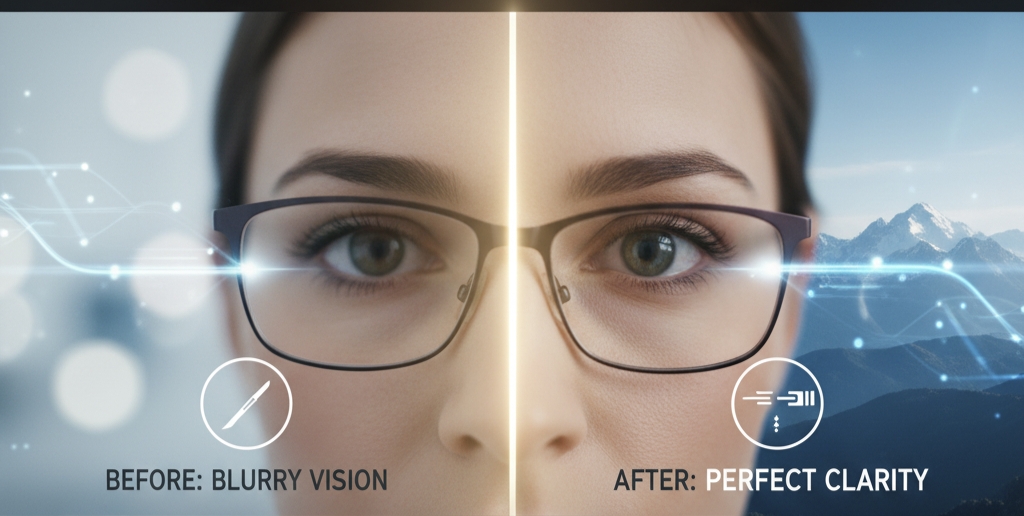If you have refractive errors that prevent you from seeing far or near, a specialist may suggest surgery. During the consultation, the ophthalmologist will evaluate your corneal thickness to determine if you are a suitable candidate for the procedure. Here are some advantages of custom laser eye surgery techniques:
Better Visual Outcomes
Custom laser eye surgery techniques utilize 3D visualization guidance systems that enable surgeons to visualize the shape and depth of the cornea. With this type of technology, an eye care specialist guides the laser to treat only the affected areas. After the procedure, the corneal surface may become smoother, improving your vision after you heal.
Using a femtosecond laser, a surgeon creates a corneal shape with uniform shape and thickness while correcting refractive errors. Because the laser energy is focused, it doesn’t damage nearby tissues, allowing you to heal well. Whether you have halos, night vision issues, or glare, this type of eye surgery uses 3D and laser to offer consistent results.
Personalized Treatment
An ophthalmologist offers a tailored treatment depending on your corneal thickness, age, and the overall health of your eyes. Before the procedure, a surgeon discusses your lifestyle and visual goals to determine the right laser technique, including LASIK. An eye doctor can ask if you wear glasses or contact lenses to get accurate measurements of your eye in its natural state.
If you’ve had previous eye surgeries, you can inform your doctor about them so that they can choose a safer technique. Whether you have mild irregularities, thinner corneas, or larger pupils, a surgeon customizes the laser method to suit your eye needs. Using 3D images of your eye, an ophthalmologist understands your cornea’s light patterns and curvature to offer the right treatment.
Safety Measures
Before any procedure, your ophthalmologist checks your cornea to determine if it’s thick enough for safe reshaping. They check the tear film and eye dryness, which typically becomes irritated after surgery. To prevent risks and complications, a surgeon assesses the size of your pupil to help minimize glare and halos after surgery. With an advanced laser system, a surgeon creates ultra-thin, uniform corneal flaps that heal better than the traditional blades.
A healthcare specialist uses wavefront or corneal-topography data to target only the affected area without harming the cornea. After surgery, an eye doctor schedules check-ups to monitor your healing progress and vision. You can also use a combination of eye drops that the doctor prescribes to help the treated part heal, boosting comfort.
Reduced Need for Glasses and Lenses
Most laser eye surgery techniques correct the root causes of blurry vision, reducing the need to wear glasses and lenses. During this procedure, a surgeon rectifies myopia by flattening the cornea’s curvature, which improves vision. This professional also uses the laser method to steepen the cornea to focus light sooner, addressing hyperopia.
For astigmatism, laser-assisted procedures smooth uneven curvatures to balance focus and allow you to see clearly while driving or reading. After the treatment, light can focus naturally on the cornea, managing issues such as steep, imbalanced, or flat light. This means you can have visual freedom of not renewing your glasses or lenses because the results are permanent.
Book an Appointment for Laser Eye Surgery
If you have eye conditions like myopia, hyperopia, astigmatism, and presbyopia, laser eye surgery can help correct them. When this treatment reshapes the cornea, it causes light to be refracted properly, addressing vision disorders that affect your quality of life. A surgeon can check your eyes to determine if you qualify for this procedure. To make an appointment for laser surgery, call a trusted clinic today for more details.





